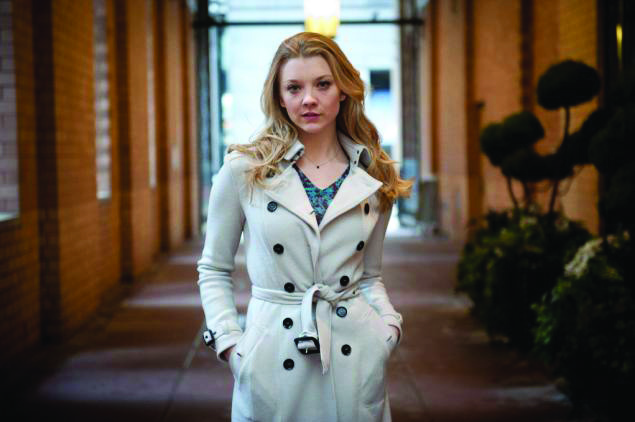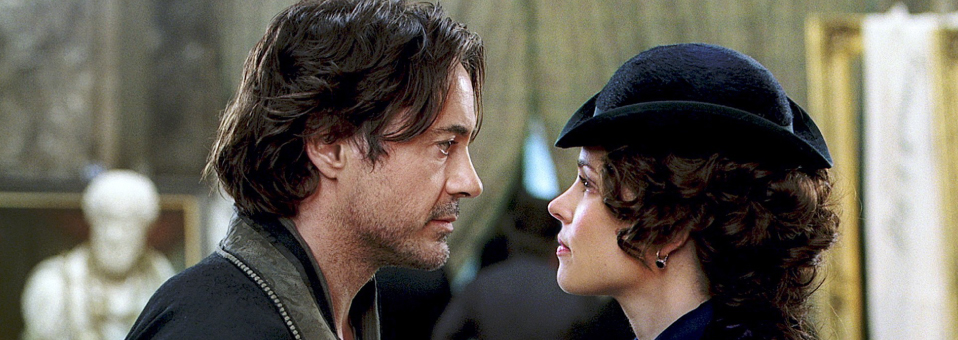Sherlock Holmes adaptations make prominent resurgence

Holmes has always been involved in media. Whether it is through any detective show currently on television, to even a
medical drama whose main character is loosely based off of Holmes, it shows how elementary Sherlock is in our culture.
Sherlock Holmes was a central character created by Sir Arthur Conan Doyle in 1887. Ever since his appearance alongside his sidekick Dr. James Watson, he has been a staple in detective media with his skills in deduction and taking on seemingly impossible cases.
Recently, a resurgence of the Sherlock Holmes character has been seen in three different ways at the same time. These three series, although sharing some of the same elements, are also dramatically different in how Sherlock Holmes and characters are portrayed, where and when the stories take place and how the cases are both seen and solved.
First, this new Sherlock Holmes was brought back to its roots in 1890’s Britain with a movie simply titled, “Sherlock Holmes.” The screenplay, directed by English director Guy Ritchie, was released in 2009 and starred Robert Downey, Jr. as the famous detective and Jude Law as Dr. Watson.
The movie focused on the difference between science and magic as Sherlock tried to uncover the truth and stop Lord Blackwood. Its sequel, “Sherlock Holmes: A Game of Shadows,” was released in 2011 and focused on Sherlock stopping his nemesis, Professor Moriarty.
These movies borrow heavily on the books, both in era and in story. The first movie references stories, like “A Scandal in Bohemia” and “The Sign of Four,” with the appearance of Irene Adler and the fight with McMurdo, respectively. The second movie is based heavily on “The Final Problem,” as it also pits Holmes and Moriarty together.
It seems that the characters, mostly Holmes and Watson, are portrayed as closely to the original stories as possible.
Holmes is seen as a shut-in who constantly performs experiments and constructs several items, like an unsuccessful silencer, called upon frequently. He is also shown as a great fighter in sequences that include his thought process in combat, as well as a drug abuser, with his use of drugs, including formaldehyde. It should also be noted that Holmes’s hat and catchphrase, “Elementary, my dear Watson,” are absent from the movie.
Watson is depicted in a different light in this portrayal. Watson, who works as Holmes’s friend and doctor, focuses on his engagement and marriage to his fiancée, Mary, instead of the single man he is shown in the early stories. His character, though, is similar with his military background and behavior.
In 2010, one year after the movie, BBC aired another version of Sherlock Holmes in the miniseries, “Sherlock.” This adaptation, also set in Britain, takes place in the modern day.
In the miniseries, Holmes is portrayed in quite the same way as the movies, although with less influence on fighting and more on the deductive reasoning. His thought process is shown as he figures out puzzles, such as a mysterious cypher in graffiti.
Watson is illustrated as fresh from the war in Afghanistan, injured, and he moves in with Holmes. He is fascinated with Holmes’s process and helps the detective however he can. Holmes’s brother, Mycroft, also pressures Watson to look after Sherlock, who is frequently described as insane.
Two years after “Sherlock,” CBS launched a new take on Sherlock Holmes with “Elementary.” This series tells the story of Sherlock Holmes as a recovering addict of heroin. Although the setting is in modern-day Brooklyn, he is still from Britain, having worked in Scotland Yard before the events of “Elementary.” His deductive skills are at the forefront in this rendition, although his thought process is not displayed upfront.
Watson underwent the most change in “Elementary,” however, as Dr. Watson is no longer an army veteran who befriends Holmes, but a surgeon who quits his vocation of becoming a hired companion for recovering addicts. Watson, who is, most notably in this series, portrayed as a woman, is hired by Sherlock’s father to oversee Holmes through his recovery. She is shown as a person learning Holmes’s technique and trying to live a separate life, although she is attached to Holmes through her contract.
It seems that these three different series are not ending soon. Both the movie and the miniseries are currently in production as a continuation of the films, as well as the BBC miniseries, respectively. The American series is also currently being aired on CBS every Thursday at 10 p.m., and has been picked up for a full season of 24 episodes.
These three different versions of Doyle’s character are not the only ways that Sherlock Holmes has been involved in media. Whether it is through any detective show currently on television, to even a medical drama whose main character is loosely based off of Holmes, it shows how elementary Sherlock is in our culture.

